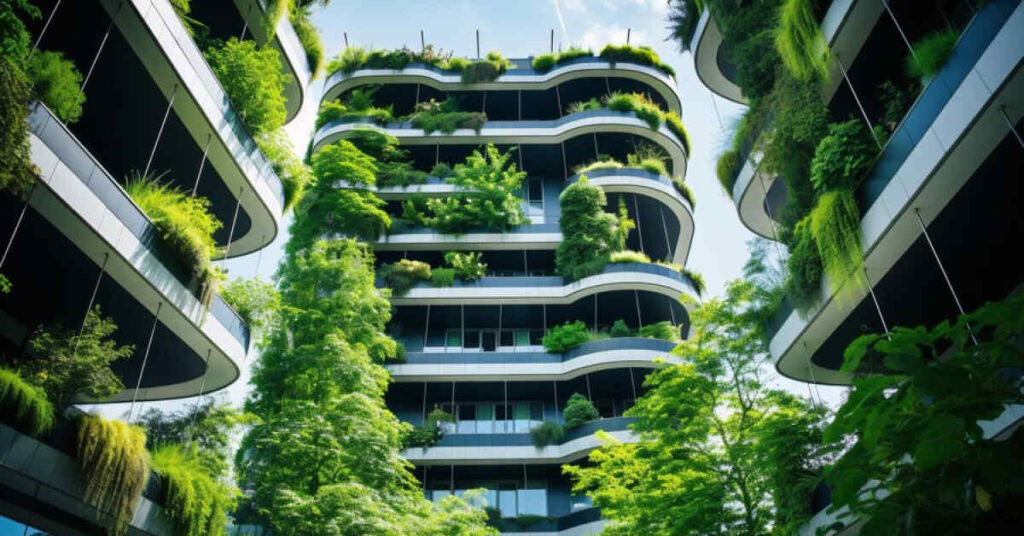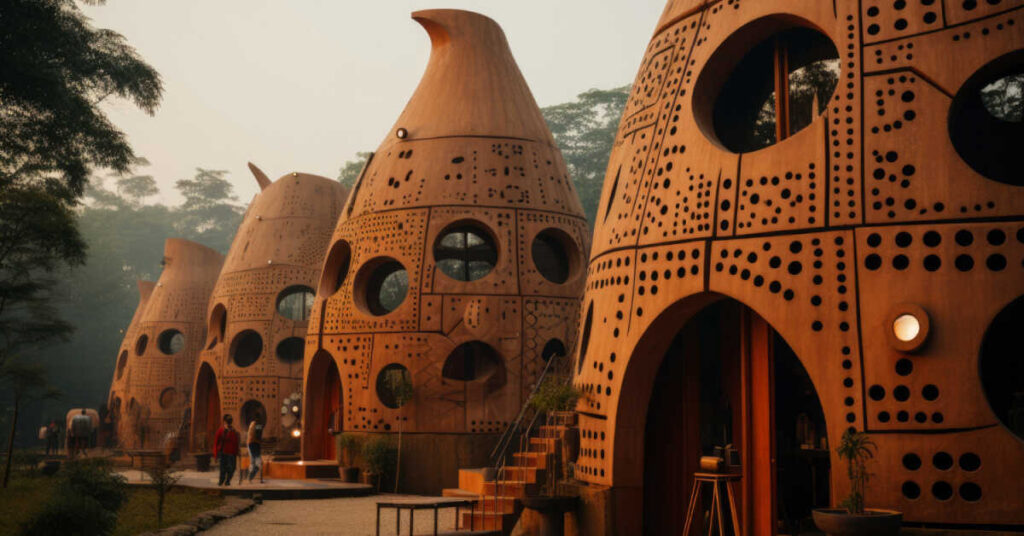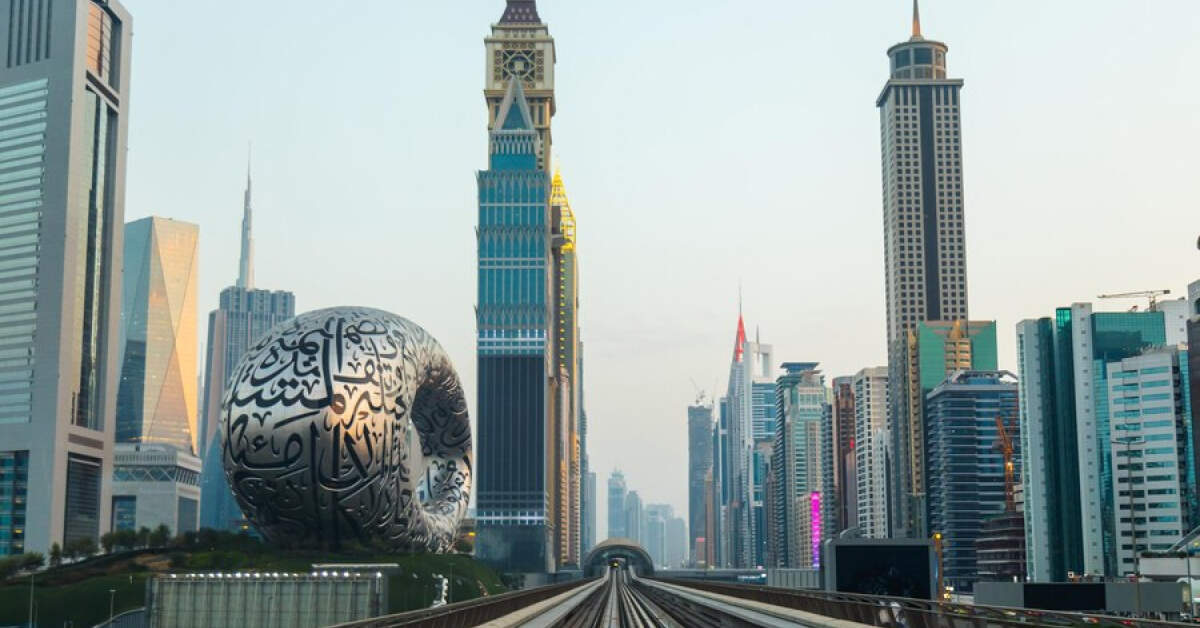Introduction:
In the ever-evolving world of architecture, staying abreast of the latest innovations and trends is essential for architects, designers, and enthusiasts alike. This blog delves into the exciting developments shaping the future of architecture. It explores how these trends influence our design and experience of the built environment, showcasing ODD’s commitment to staying at the forefront of architectural innovation. By understanding and adapting to evolving needs and preferences, ODD continues to shape the landscape of urban design. Learn more about ODD’s forward-thinking approach at Architects in Islamabad & Rawalpindi.
Sustainable Architecture:
Sustainability has emerged as a dominant theme in contemporary architecture, with a growing emphasis on eco-friendly practices and materials. Architects increasingly integrate sustainable design principles into their projects to minimize environmental impact and promote long-term sustainability. From passive solar design to green building certifications like LEED, sustainable architecture is not just a trend but a fundamental shift towards a more responsible and environmentally conscious approach to design. Embracing sustainable principles minimizes buildings’ environmental footprint and fosters healthier and more vibrant communities. It’s a narrative of progress and stewardship, where architectural storytelling is pivotal in capturing the culture and history embedded within each design. Explore how architects intertwine narratives with structures at Architectural Storytelling: Capturing Culture and History in Design.

Technological Advancements in Architecture:
Technology is revolutionizing the field of architecture, offering new tools and techniques that are transforming how buildings are designed, visualized, and constructed. Virtual reality (VR) and augmented reality (AR) technologies enable architects to create immersive 3D models of their designs, allowing clients and stakeholders to experience spaces before building. Additionally, Advancements in 3D printing are revolutionizing construction processes, enabling architects to create complex structures with unprecedented speed and efficiency. This technological breakthrough streamlines the building process and opens up new possibilities for architectural innovation and creativity. Explore how these advancements shape the modern architecture landscape at Eden Residencia: A Modern Oasis in Suburban Islamabad.
Biophilic Design and Wellness Architecture:
Biophilic design, which seeks to connect people with nature through architecture, is gaining traction as a design approach that enhances well-being and productivity. Architects create spaces promoting mental and physical health by incorporating elements such as natural light, greenery, and natural materials. Wellness architecture takes this concept further by prioritizing the health and wellness of building occupants through features like circadian lighting, air quality monitoring, and ergonomic design elements.If you are looking for bracelet. There’s something to suit every look, from body-hugging to structured, from cuffs to chain chain bracelet and cuffs.
Smart Cities and Urban Planning:
The concept of smart cities is reshaping urban environments, leveraging technology to create more efficient, sustainable, and livable cities. From smart building systems that optimize energy usage to connected transportation networks that reduce congestion, smart cities are redefining how we interact with our built environment. Urban planners and architects collaborate to design technologically advanced and human-centric cities, prioritizing residents’ well-being and quality of life.
Cultural Diversity and Inclusive Design:
Architecture reflects culture, history, and identity, and celebrating diversity is essential in creating inclusive and welcoming spaces. Inclusive design principles focus on creating environments that are accessible to all individuals, regardless of their physical abilities. By embracing cultural diversity and incorporating local heritage and traditional elements, architects can create buildings that resonate with their communities and foster a sense of belonging.

Conclusion:
As we look towards the future of architecture, it is evident that sustainability, technology, well-being, smart urban planning, and cultural diversity will continue to shape how we design and experience the built environment. By embracing these trends and innovations, architects can create spaces that inspire delight and contribute to a more sustainable, inclusive, and connected world.
In conclusion, the future of architecture is bright, with endless possibilities for innovation and creativity. By staying informed and open to new ideas, architects can play a pivotal role in shaping a built environment that is functional, beautiful, and responsive to society’s evolving needs. As we navigate the challenges and opportunities that lie ahead, let us continue to push the boundaries of architectural design and create spaces that enrich our lives and communities.
FAQs
What is the future of architecture?
Sustainable design, technology integration, and adaptable spaces that respond to evolving needs and environmental challenges will define the future of architecture.
What is the current trend in architecture?
Sustainable and eco-friendly design, innovative materials, and flexible spaces are trends in architecture.
What is the next big thing in architecture?
The following significant developments in architecture are expected to involve increased technology integration and a focus on biophilic design principles.




Comments are closed